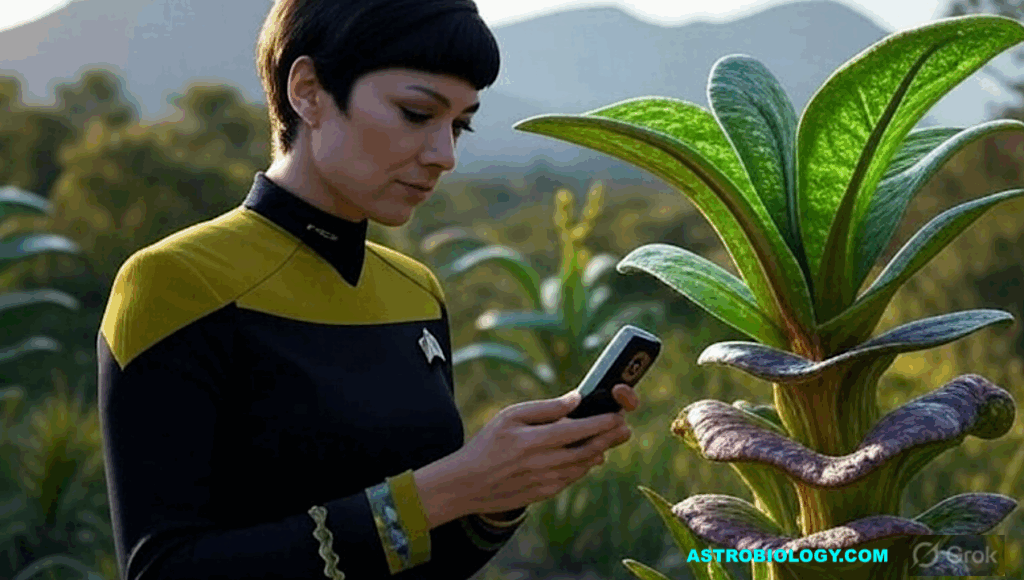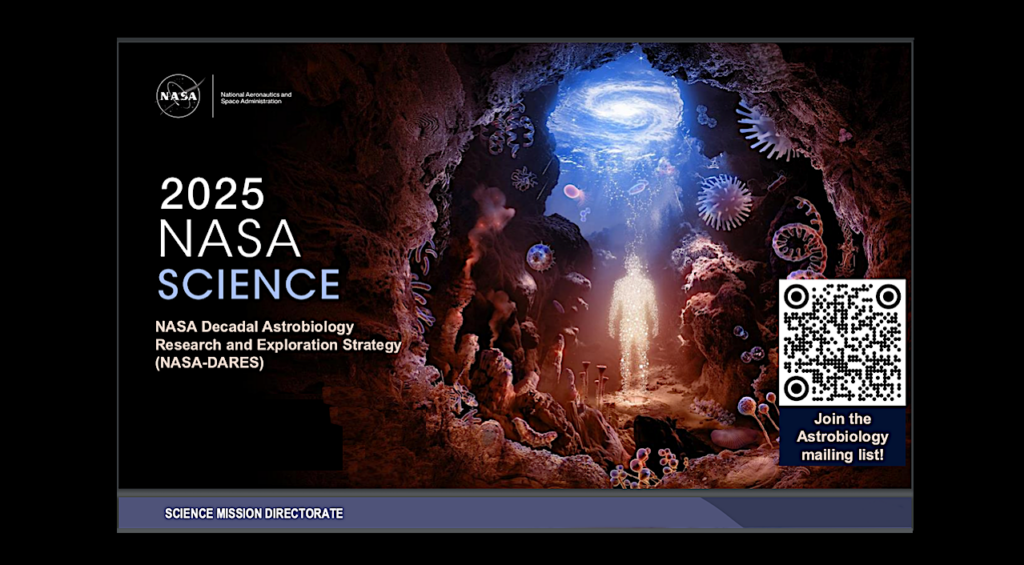Seminar
UW Seminar: Four Billion Years of Climate Change (Lessons from the Precambrian): From Oxygen Poisoning to Snowballs & True Polar Wander Presenter: Joe Kirschvink
Date/Time: 5/29/2007 02:30 PM PDT
Despite a nearly 30% increase in Solar luminosity over the past 4.5 billion years, the geological record of glaciation appears to have increased, not decreased, over geological time. Investigations indicate that two of the three major Precambrian glacial intervals were exceptionally intense, with solid evidence for widespread glaciers flowing into the oceans on or near the Equator, well within the ice-albedo runaway’s “Snowball Earth” zone. These glacial events are also associated with large perturbations in global geochemical cycles, which are reflected particularly well in carbon and sulfur isotopes. The first of these low-latitude glaciations in the early Paleoproterozoic (the Makganyene in South Africa) is also associated intimately with the first solid evidence of global oxygenation, including deposition of the world’s largest sedimentary manganese deposit; this hints that the evolution of oxygenic photosynthesis triggered the event by destroying a methane greenhouse.
The subsequent low-latitude glaciations during the Cryogenian period of the Neoproterozoic happened about the time that the animal phyla were diversifying, which also suggests organisms were either involved or affected. However, this biological role is complicated by the recognition that large and rapid events of True Polar Wander punctuated Neoproterozoic time, and may have extended sporadically even into the Cretaceous.
For more information and participation instructions: http://nai.arc.nasa.gov/seminars/seminar_detail.cfm?ID=104 [Source: NAI Newsletter]







